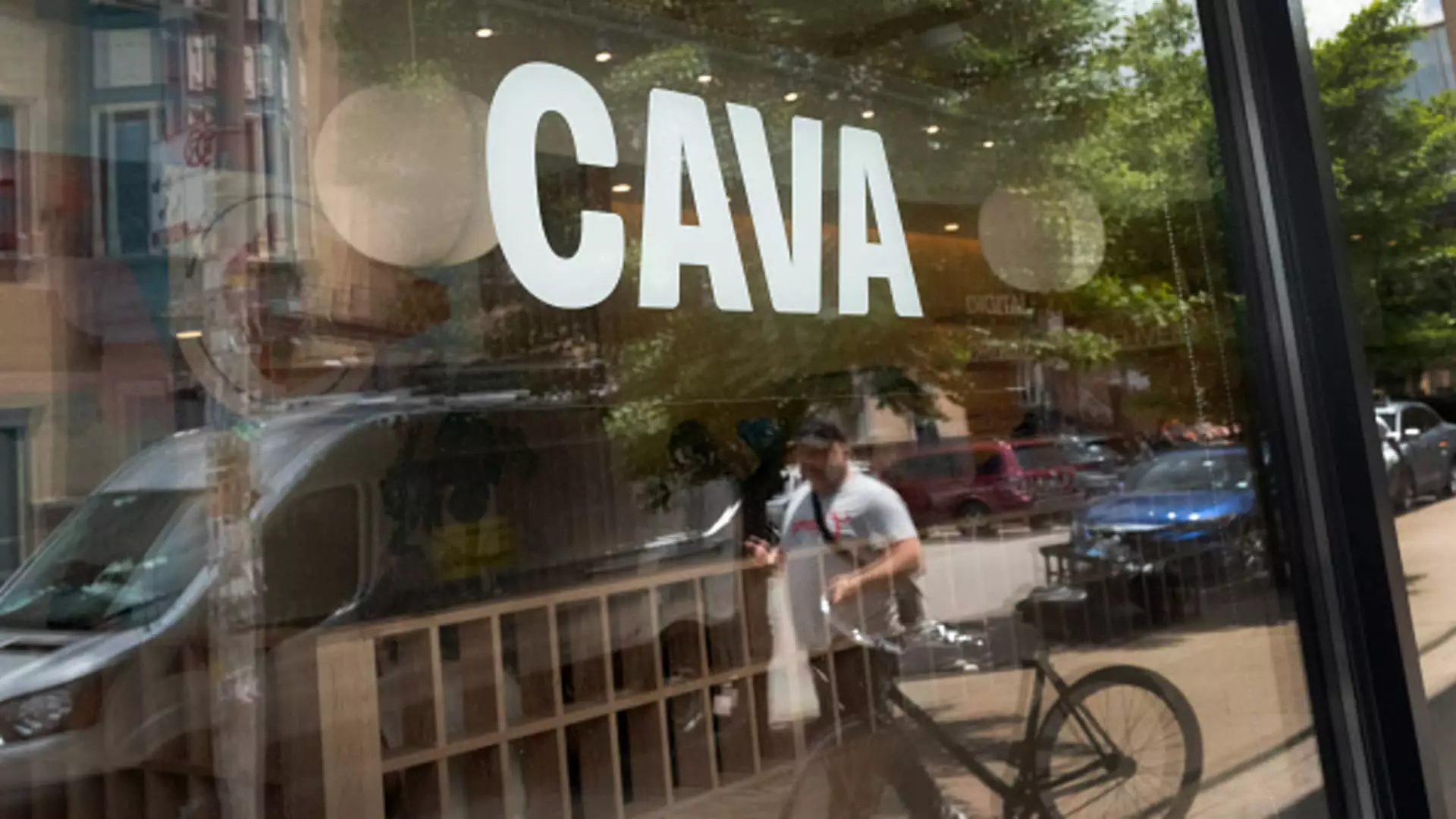In a disconcerting turn of events, Applied Materials reported a disappointing fiscal second-quarter revenue of $7.10 billion, falling short of analysts’ expectations. This disappointment isn’t simply a minor bump in the road; it reflects a deeper malaise in the semiconductor industry, which has been a critical pillar of technological advancement. The 6% dip in shares can be perceived as a harbinger of a broader trend—one that questions the resilience of a sector already strained by supply chain disruptions and geopolitical tensions. As technological demand wavers, those investing in companies that lean heavily on these metrics should brace for more storms ahead.
The semiconductor sector is oft lauded for its robustness, yet this fallacy crumbles under scrutiny. Applied Materials is seen as an industry bellwether, and when it falters, it sends ripples throughout the market. This should serve as a wake-up call for investors: reliance on outdated metrics can lead to severe overestimations of performance. Seeing revenues that continually below consensus not only erodes confidence but suggests misalignment in market expectations and real economic indicators. In a world filled with uncertainty, maintaining faith in traditional indicators is becoming increasingly dangerous.
Take-Two’s Financial Warning: A Game Over for Investors?
Further adding to the woes of investors is Take-Two Interactive Software’s disappointing year-end guidance. The anticipated full-year bookings were pegged between $5.9 billion and $6 billion, well below the projected figure of $7.82 billion. A company that thrives on blockbuster releases and an ever-expanding gaming universe seems to be signaling impending doom with a 1.8% drop in its shares. This missed target could have dissonant implications, especially for a sector eager to capitalize on the growth spurred by digital entertainment.
What stands out is the company’s approach to revenue forecasting. Their cautious projections hint at stagnation in a market that is notoriously volatile and trend-driven. A reign of caution can be wise, but when investors look for heroes in a growing field, faltering projections can be a swift justice. For a sector that thrives on excitement and escapism, such a lackluster outlook detracts from the narrative. If gaming companies can’t keep the momentum, investors may need to consider shifting their portfolios if they hope to keep pace with the typically evolving market.
Vistra: A Beacon of Hope in a Stormy Market
Amid dire headlines, Vistra Power presented a glimmer of hope as shares soared 3% following its acquisition of seven natural gas facilities for $1.9 billion. It’s a strategic move that points toward a robust future plan as more energy companies pivot to sustainable practices. In a world grappling with climate change, diversifying energy sources can prove advantageous for long-term growth. Investors should take note: this isn’t merely about profits; it’s about positioning oneself wisely in a market that is rapidly evolving.
The consensus is clear—environmental sustainability is the future, and companies embracing this shift can find themselves ahead of the curve. Vistra’s proactive approach counters the stagnation seen in other energy firms, implying that investors might want to steer their investments toward companies that prioritize innovation alongside traditional revenue streams.
Navigating the Turbulent Waters of Cava and Doximity
Cava’s shares slipped over 2%, despite a strong first-quarter performance that showcased 10.8% growth in same-store sales. However, the company’s full-year projection of merely 6% to 8% hints at a slowdown that can be alarming. Is it a sign that the fast-casual dining trend is on tenuous footing? Investors should pose the crucial question: Are these companies facing the competitive landscape with strength, or are they merely hoping to stay afloat?
Doximity, too, took a sharp nosedive after issuing weak guidance, sinking an astounding 11.8%. Their failure to meet expectations is alarming, especially in a sector that benefits from ongoing digital adoption. As healthcare transitions to more tech-driven formats, the opportunity seems ripe. Why then does Doximity falter? Perhaps it’s indicative of a larger issue, one that signals a need for deeper market analysis into healthcare tech investments.
Investors should take heed: reliance on fleeting growth metrics may lead them down a path of poor decision-making in these turbulent times. Every poor forecast serves not just as a blip but as an opportunity for reflection and redirection toward investments that hold true potential.

